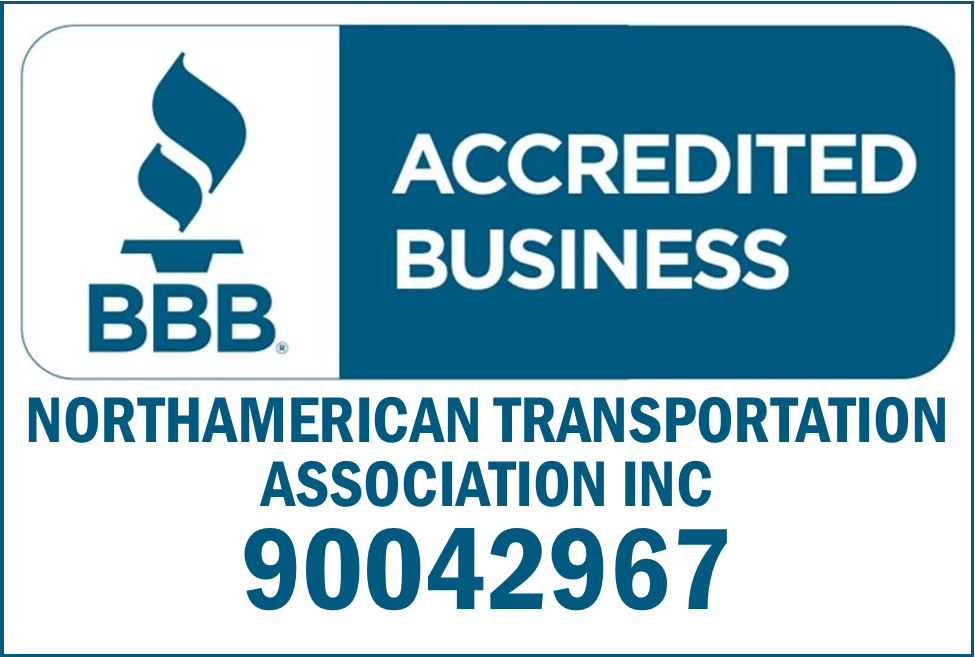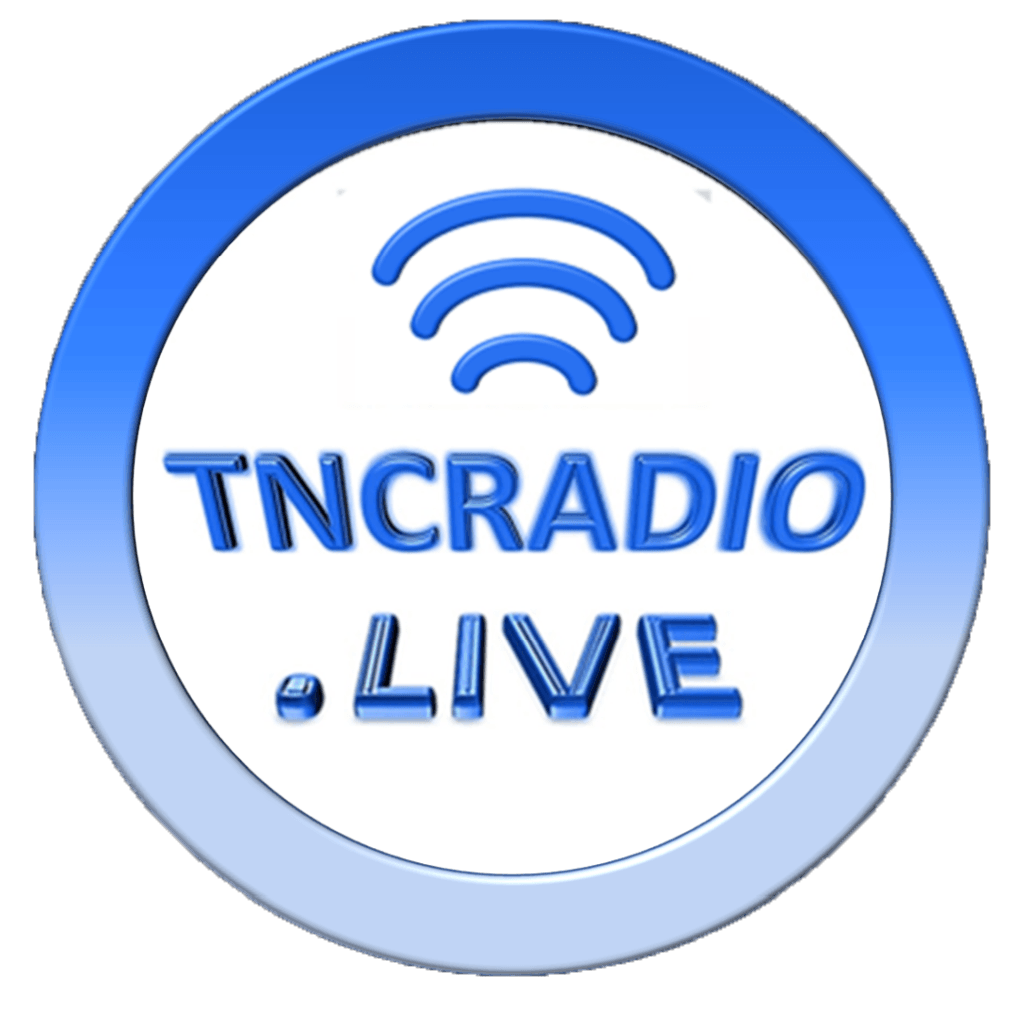New year, new beginning: A time to review your DOT testing program
The end of any calendar year is a time to closely monitor your DOT drug and alcohol testing program. Examine the following six points on program management.
1. Random Drug & Alcohol Tests
By December 31st, your completed random tests must equal at least 50 percent of your average number of drivers for drugs and 10 percent of your average number of drivers for alcohol. If you have had cancelled and/or missed test from earlier in the year that leaves you short, you must select a higher rate in your remaining draw to compensate.
The end of 2021 is also a time to look at the upcoming year. If the Federal Motor Carrier Safety Administration (FMCSA) were to change its testing rates for 2022, it would probably announce it in December. In the event testing rates change, the information will trigger a series of actions for the carrier, including:
- Confirming its consortium/third-party administrator is aware of the change, if applicable;
- Notifying those who handle the motor carrier's expenses (program costs change); and
- Updating the company's DOT alcohol and drug policy and education materials.
2. Testing Cycles
If you had difficulty in completing your random tests during 2021, it may be time to look at your testing cycles. When deciding on how often to run your random pull, you need to take into consideration the time frame in which you must perform the tests.
There is no right or wrong answer. You need to examine what fits best within your operation — especially if your testing periods in 2021 didn’t work out as you had hoped.
A shorter testing cycle (e.g., monthly) provides for less time to notify drivers, but offers fewer drivers to test. A longer testing cycle (e.g., quarterly) may give you more time, but you have more names to send within that time period.
Testing more often allows you to work in seasonal spikes or drops to be more accurate in your average number of drivers. If you have seasonal workers, you may wish to schedule the draw to include the names of the temporary workers and allow enough time to perform the tests.
3. Service Agents
The regulations state that motor carriers are held responsible for the actions of their service agents (collection sites, medical review officers, C/TPAs) as they carry out DOT testing requirements. All agreements with the service agents must require compliance with the regulations.
During an audit, motor carriers cannot use the defense that it was a service agent who violated the safety regulations and not them (see 40.15(c)). With that said, if a specific service agent consistently made mistakes throughout 2021, you may need to find an alternate provider for the upcoming year.
Whether you stay with your current collection site or MRO, or seek out other providers, you are within your regulatory right to ask to see their training records.
4. Policy Review
It is a wise best practice to periodically review your company's drug and alcohol policy for internal and regulatory changes. Drivers should be notified if any company specifics have changed, such as:
- The point of contact for the drivers,
- Company consequences for engaging in prohibited behavior (e.g., termination vs. second chances), and
- Optional provisions (e.g., retest for negative dilute)
5. Internal Processes
Those at the motor carrier who are responsible for managing your DOT testing program should routinely look at internal processes. These audits may reveal areas to improve upon. In many cases, the solution to a problem may be as simple as creating calendar tasks or a checklist to remind personnel to perform certain actions, such as:
- Annual Clearinghouse queries
- Pre-employment drug tests
- Pre-employment Clearinghouse queries
- Issuance of the company policy and educational materials
- Sending out drug and alcohol checks to former employers
- Maintaining an accurate a driver roster for random selections
6. Assigned Roles
When a motor carrier assigns roles (designated employer representative, trained supervisor for reasonable suspicion testing, and program manager), it is vital that each knows the safety regulations and has the skillset to perform for the role. If the role is not a fit, this new year may be an opportunity to review and reassign who is doing what within your DOT testing program.
To learn more about how NorthAmerican Transportation Association can help you prepare for your 2022 DOT Drug & Alcohol Testing Program, contact us today at 800-805-0040 ext 102 or go to our website: www.ntassoc.com
Content Disclaimer: Due to the constantly changing nature of government regulations, it is impossible to guarantee the total and absolute accuracy of the material contained herein or presented. NorthAmerican Transportation Association (NTA) cannot and does not assume any responsibility for omissions, errors, misprinting or ambiguity contained. NTA shall not be held liable in any degree for any loss, damage or injury caused by any such omission, error, misprinting or ambiguity present. It is made available with the understanding that NTA is not engaged in rendering legal, accounting or other professional service. If legal advice or other expert service is required, the services of such a professional should be sought.











